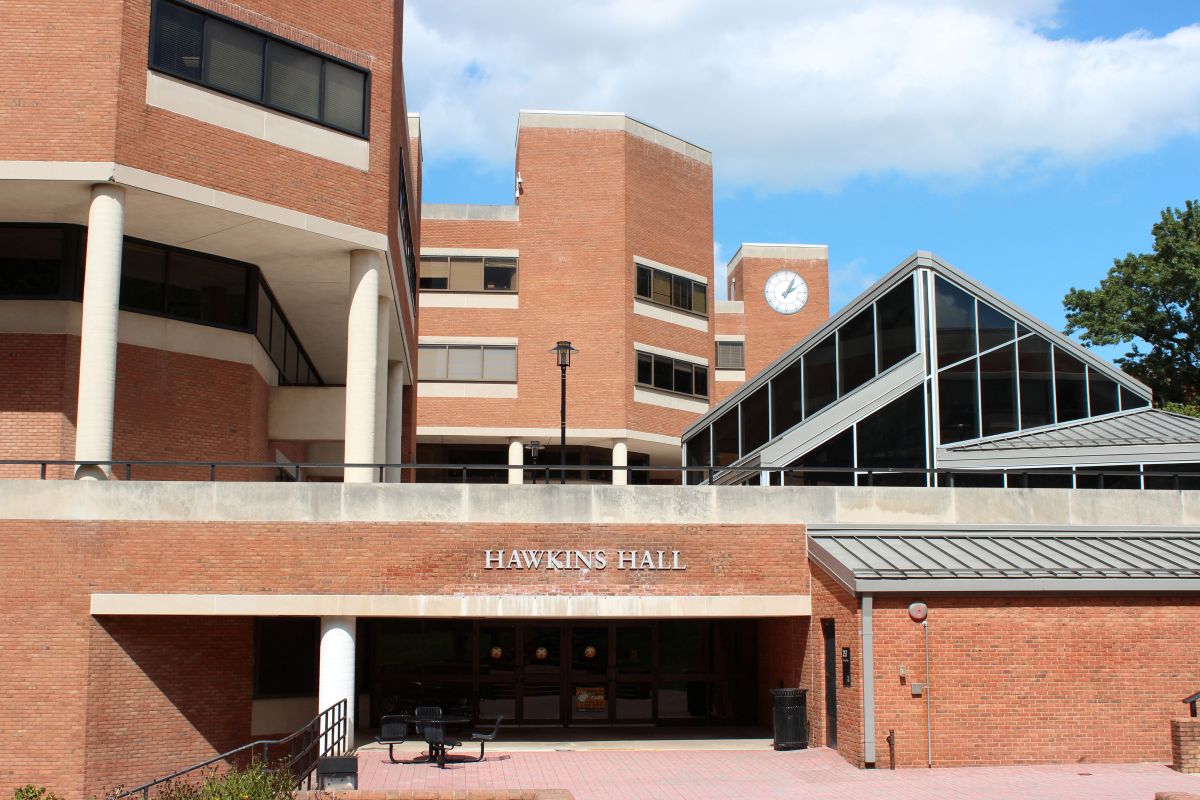
Towson program trains former federal workers to become teachers
By Natasha Salganik, Contributing Writer
Over the summer Towson University hosted a program to teach former federal workers how to be teachers in Maryland K-12 schools. The program, Imagine: A Pathway to Teaching, is part of a larger state initiative run by the Maryland Higher Education Commission to address Maryland’s teacher shortage.
The program also comes after President Donald Trump’s rehauling of the federal government, which has fired nearly 60,000 federal workers and at least 75,000 taking early career buyouts.
The Maryland Higher Education Commission is funding the program through grants totaling $1 million and giving them to eleven colleges, including Towson. It’s part of Gov. Wes Moore’s Teacher Quality and Diversity initiative, which aims to help combat Maryland’s teacher shortage.
Imagine participants underwent a weeklong program of instruction in late July and are already teaching in select Maryland schools with mentors. The program is run by Towson’s College of Education, with faculty members Laura Jacobs and Kelly Davis serving as leads.
Laurie Mullen, dean of the College of Education, sees teaching as a moral and civil duty.
“For me, the notion of public schools and quality public teachers is the essence of our democracy,” Mullen said. “It’s just really the soul of who we are here in the College of Education”.
The program participants came from a variety of affected federal offices including USAID, the Department of Education, the National Institute of Health and the Department of Housing and Urban Development, according to Jacobs. There are 28 former federal employees participating in the program. Participants were selected on a basis of expertise, self-reported strengths, previous experience with children and the needs of the participating counties.
“We were really trying to listen to our school partners,” Jacobs said. “If they needed math teachers, we were going to look for people interested in math.”
The one-week training covered the most necessary material the participants would need to learn before entering the classroom.
“We covered things like building relationships, how to communicate, how to collaborate, lesson planning,” Jacobs said. “We’re giving them all the important highlights of what it is to be a teacher.”
The program required participants to directly and physically engage in the material.
“[The program] is pretty rigorous, however these adults came with a lot of skills, so they didn’t come without experience or knowledge,” Davis said.
As the program continues, the participants will be directly supported and mentored.
“I feel our goal was to provide them with the essentials of the essentials without overwhelming them completely,” Davis said. “They’re already coming to us because of a situation that was out of their control.”
